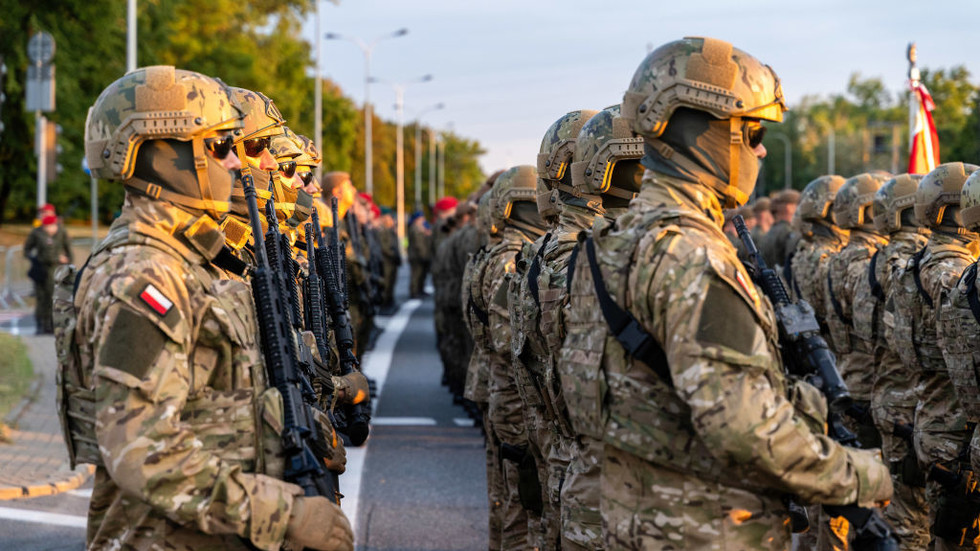A recent survey conducted by SW Research and published in Rzeczpospolita reveals a significant gap between the Polish population’s perception of their military’s readiness and the government’s efforts to enhance its defense capabilities. The survey found that less than a third of Poles believe their armed forces can defend the nation from external aggression. Specifically, 29.9% of the respondents indicated their belief in the military’s preparedness, while a striking 54.7% expressed skepticism about its ability to protect Poland. Furthermore, the sentiments were even more pronounced among younger adults aged 23 to 35, where 62.5% felt the military was inadequate for the task at hand. This ambivalence comes despite Poland’s ongoing military expansion plans and its position as the third-largest military force in NATO, poised to grow from the current active duty strength of approximately 205,000 soldiers to 300,000.
In response to growing tensions in Eastern Europe, particularly due to the conflict in Ukraine, the Polish government has significantly increased military spending over the past few years. From 1.98% of its GDP in 2019, defense spending is projected to rise to 4.2% in the current year, with Prime Minister Donald Tusk announcing an intention to elevate that figure further to 4.7% of GDP in the following year. This uptick indicates Poland’s commitment to bolstering its military infrastructure and operational capabilities, even as its defense budget remains dwarfed by that of the United States, which dedicates approximately 21 times more resources to defense annually. Despite this disparity, Poland’s commitment has positioned it as NATO’s leading military spender when considered as a percentage of GDP.
The modernization efforts of the Polish military have also been noteworthy, with significant acquisitions of advanced military technology. Among these are U.S.-made HIMARS multiple-launch rocket systems, F-35 fighter jets, and Abrams tanks, aimed at replacing older Soviet-era equipment like the T-72 and PT-91 tanks, some of which have been supplied to Ukraine. Such modernization is deemed essential by Polish military leaders like Chief of Staff General Wieslaw Kukula, who has framed the ongoing military buildup as a necessary response to the geopolitical realities posed by Russia. In recent statements, Kukula articulated the need for the Polish armed forces to prepare themselves for potential large-scale conflicts, indicating a strategic shift in defense posture against perceived threats.
While the Polish government emphasizes military readiness and modernization, Russian officials maintain a contrasting narrative regarding Poland’s security. Russian President Vladimir Putin has publicly denied any military or geopolitical ambition toward Poland and the Baltic states, asserting that an attack on Poland would drag Russia into a broader war against NATO, which he deems illogical. His statements suggest a firm stance against conflict escalation but also highlight a broader tension resulting from Western alliances and support for Ukraine. Putin’s remarks, particularly regarding the West’s military posture, reveal both a political calculation and an acknowledgment of the complexities of contemporary security dynamics in Europe.
As the Polish military strives to enhance its readiness amidst rising concerns, public perception remains a critical factor that influences national security policy. The survey results underscore a disconnect between government initiatives and the worries of the populace regarding the effectiveness of these measures. The pronounced distrust among the younger demographic can further complicate recruitment and morale within the armed forces, raising challenges for military leaders who are urging readiness for possible conflict. The reality is that increasing defense budgets and advanced technology alone may not be sufficient to assure a populace wary of potential foreign threats.
In conclusion, Poland’s military preparations reflect a broader trend in Eastern Europe, where nations are reconsidering their defense policies in light of changing geopolitical landscapes. The skepticism among the Polish people indicates that while investments in military spending and modernization are steps toward enhancing national security, they must be accompanied by effective communication and engagement with the public to foster confidence in the country’s defense capabilities. This dual approach is essential as Poland navigates a complex security environment defined by Russian assertiveness and the imperative for NATO solidarity amidst rising tensions.

